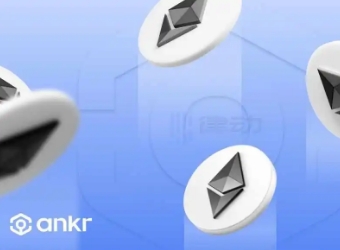The period from 1989 to 2005 witnessed the concept and evolution of read-only web or Web 1. On this basis, social media and collaboration between creators and users emerged around 1999, resulting in Web 2.0. Since 2006, new technologies have dominated the
The Internet, often synonymously referred to as the network, has undergone a lot of changes. The period from 1989 to 2005 witnessed the concept and evolution of read-only web or Web 1. On this basis, social media and collaboration between creators and users emerged around 1999, resulting in Web 2.0. Since 2006, new technologies have dominated the network, giving birth to a new, loosely defined Web 3.0, which is touted as the future of the network. Today's topic is about Web 3.0. How is it different from the previous Web version?

web 1.0
Source Simply put, Web 1.0 is about reading and finding information. Web 1.0 is the earliest form of the Internet, which was founded by Tim Berners Lee in 1989. Tim conceived a simple project that allowed a page in the directory to reference other pages in the same system by using hyperlinks. This idea has not only gained momentum of development, but also spawned a series of new browsers, protocols and technologies, opening the era of information sharing.
Web 1.0 is a generation of web that existed between 1991 and 2005. In this era, the number of content creators is getting smaller and smaller, and the vast majority are consumers of data. Users can view content placed on websites, but cannot collaborate, provide feedback, or add their own content to these websites. Web 1.0 uses static HTML and displays content using tables and frames. Most websites are static, and the data is mainly stored in the file system. Web 1.0 can be considered as a large-scale digital encyclopedia lacking interactivity. Although it has its own advantages, it also has some weaknesses that lead to the development of Web 2.0.
web 2.0
The emergence of Web 2.0 is due to the defects of Web 1.0, which allows limited communication between content creators and users. Web 2.0 is also called read-write web or social web. It emerged with the introduction of social media websites such as Twitter, Facebook and Instagram, but it provides users with a richer user experience. The Internet we see now is in the stage of Web 2.0 and is slowly transitioning to Web 3.0.
The Web 2 site allows users to provide feedback to content producers or create their own content. Users can not only provide data and feedback, but also control the data they see on Web 2.0 websites. The Web 2.0 era also witnessed the rise of software as a service (SaaS) solutions and the use of HTML5, CSS3, JavaScript frameworks and other technologies.
Unlike static websites that simply push content, Web 2.0 introduces the concepts of blogging, zooming, scrolling, and manipulating content, such as in Google Maps. At the beginning of the 21st century, Web 2.0 has become more popular, thus changing the face of the web.
web 3.0
The dependence of Web 2.0 on large technology companies is unacceptable to ordinary users, so it is completely changing the way people use the Web. This has led to a new era of the World Wide Web known as Web 3.0. Web 3.0 is also called read-write execution Web. It introduces the concepts of machine learning, artificial intelligence and blockchain system.
Web 3.0 introduces the concept of decentralization in everything it does. This concept believes that content and data must be owned and controlled by decentralized autonomous institutions, thereby reducing the review and centralized control implemented by large technology companies. The payment in Web 3.0 uses token based authentication, so personal data does not need to be shared with third-party intermediaries. Once smart contracts are deployed, they will be executed according to the content written, and no mediation is required. Cryptocurrency and token are not only transforming finance and currency, but also a way for creators to create and share value by forming Internet native organizations.
The pillars of Web 3.0 are:
1. Artificial intelligence and machine learning: Web 3.0 is based on natural language processing (NLP), which allows the Web to analyze and derive the meaning of spoken and written language. Spell checking, spam filtering and automatic completion are based on NLP.
2. Decentralization and blockchain: blockchain technology is simply a blockchain, in which each block contains an irreplaceable encrypted hash, timestamp and transaction data of the previous block. One of the characteristics of Web 3.0 is the use of this technology in decentralized entities running on peer-to-peer (P2P) protocols.
3. Everywhere: Web 3.0 envisions that the system can be used anywhere and anywhere. Because of the use of decentralized servers, it reduces the dependence on the big technologies in Web 2.0.
4. 3D graphics and spatial web: Web 3.0 will also transition from 2D to a 3D system combined with NLP and machine learning. Web 3.0 will see the integration of reality and virtualization using sensors, smart glasses and AR/VR technology.
conclusion
Although Web 1.0 is only a read-only network with one-way information flow, the emergence of Web 2.0 has witnessed the increase of social collaboration between content creators and users. Web 2.0 has witnessed the rise of a large number of content creators, which is almost impossible to count. Because the quantity, type and speed of Web 2.0 data are so high, and the control of these data is concentrated in the hands of technology giants, it is almost impossible to identify the real data from sponsorship and review data.




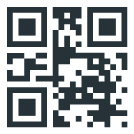



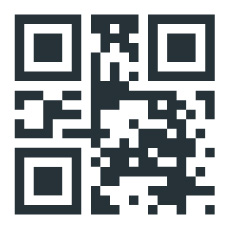



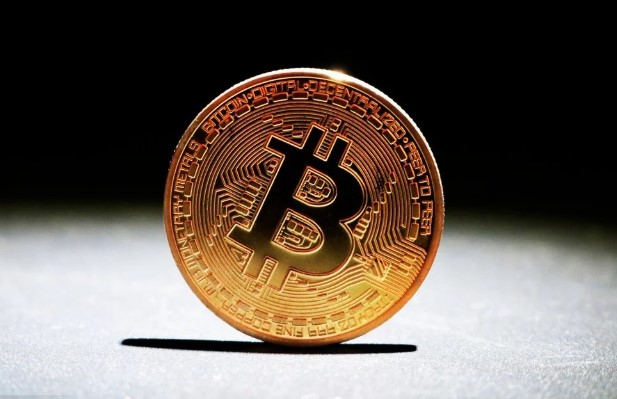
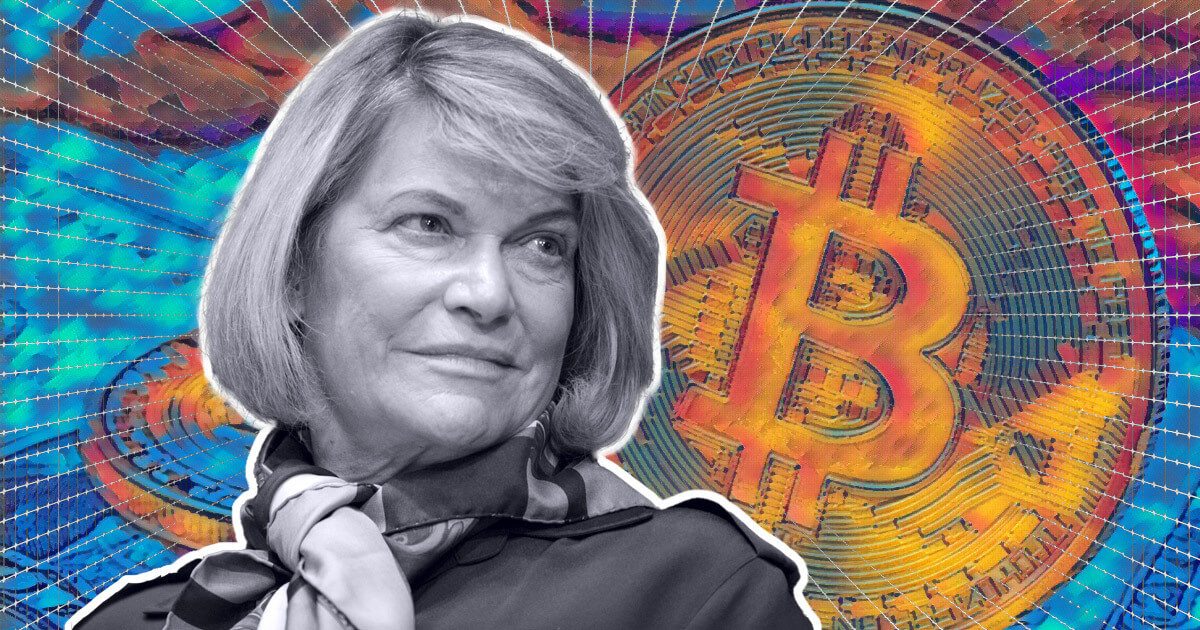
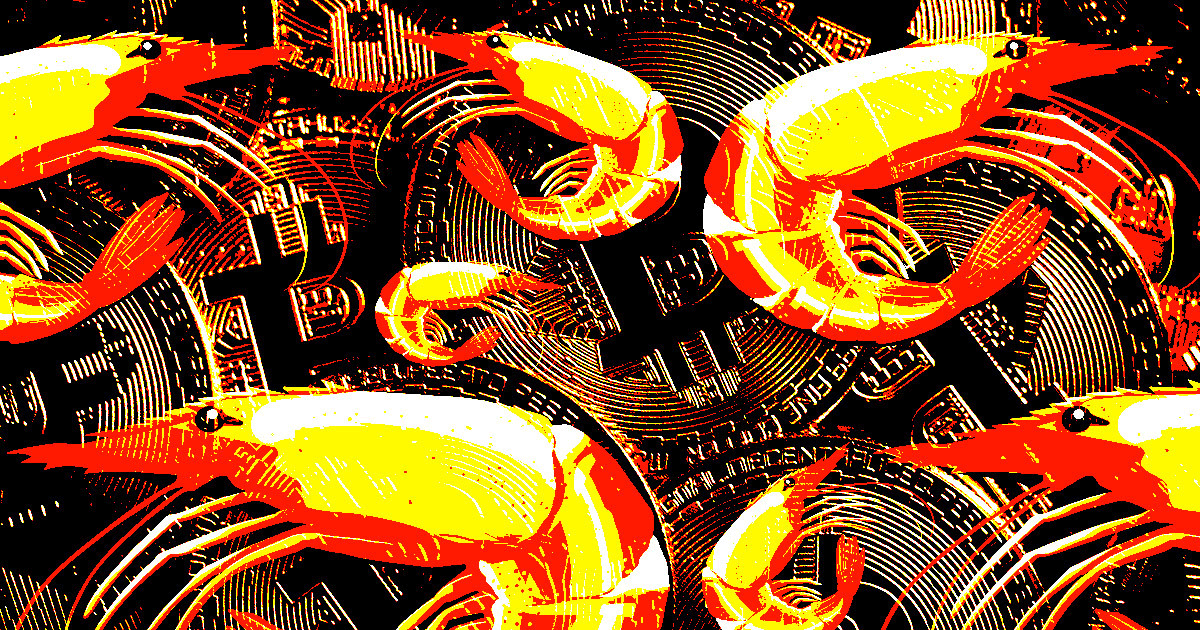

 Tue, 18 Apr 2023
Tue, 18 Apr 2023